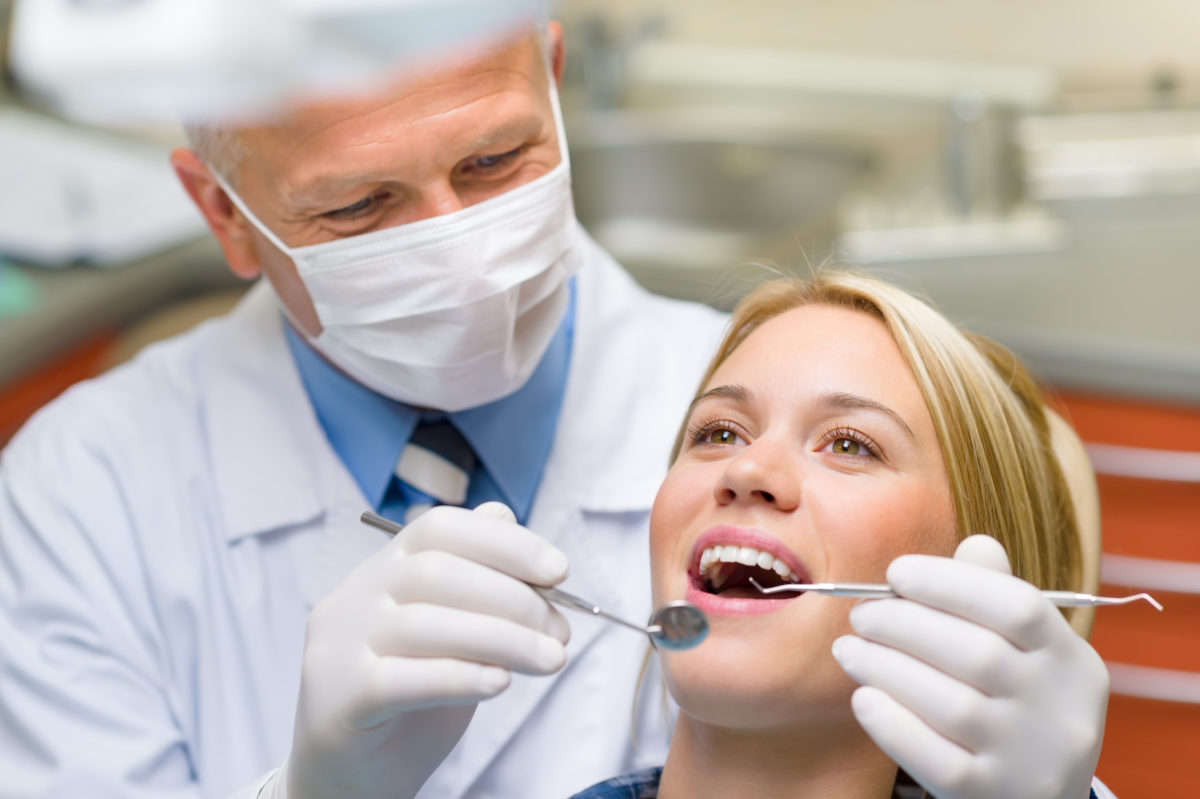More About Legacy Orthodontics
Table of ContentsLegacy Orthodontics Can Be Fun For EveryoneThe Ultimate Guide To Legacy OrthodonticsLegacy Orthodontics Fundamentals ExplainedLegacy Orthodontics Can Be Fun For EveryoneIndicators on Legacy Orthodontics You Should Know
In enhancement, we use flexible therapy timetables, flexible payment choices and a fun, satisfying experience.An orthodontist is a dentist trained to identify, avoid, and deal with teeth and jaw abnormalities. They deal with existing problems and are trained to recognize issues that may establish in the future. Orthodontists deal with people of any ages, from children to adults. People commonly associate a best smile with health.
Malocclusion, or misaligned teeth, can cause oral problems, including tooth degeneration, gum disease, and hard or unpleasant chewing. Not everybody is birthed with straight teeth. If you have a negative bite or big areas in between your teeth, you may intend to get in touch with a dental expert specializing in orthodontic care.
What Does Legacy Orthodontics Mean?
( Photo Credit Scores: DigitalVision/Getty Images) Orthodontists use taken care of and detachable oral tools, like braces, retainers, and bands, to alter the setting of teeth in your mouth. Orthodontic treatment is for dental irregularities, including: Crooked teethBite problems, like an overbite or an underbiteCrowded teeth or teeth that are too far apartJaw misalignmentThe objective of orthodontic therapy is to boost your bite.
A healthy bite guarantees you can eat, eat, and speak correctly. While you could believe of orthodontists as mainly for kids or young adults who need dental braces, they can deal with dental problems at any age. Orthodontists attend college, dental college, and orthodontic college. After graduation, they spend 2 or 3 years in an orthodontic residency program.
All orthodontists are dental practitioners, but not all dental professionals are orthodontists. Orthodontic residency programs use extensive, concentrated guideline for dental professionals. They concentrate on two locations: How to correctly and safely move teeth How to effectively lead development in the teeth, jaw, and faceOnce an orthodontist has completed training, they have the option to come to be board certified.
Some Known Questions About Legacy Orthodontics.
Malocclusion leads to tooth overcrowding, an askew jaw, or uneven bite patterns. Malocclusion is normally treated with: Your orthodontist affixes steel, ceramic, or plastic square bonds to your teeth.
Some individuals require a headwear to assist relocate teeth right into line with stress from outside the mouth. A retainer is a custom-made gadget that keeps your teeth in area.
They can create added room in the mouth without having to pull teeth. Orthodontists utilize cables, medical screws, or plates to sustain your jaw bone.
You might require to see an orthodontist if you have: Crowding or otherwise sufficient room for every one of your teethOverbite, when your upper teeth come your base teethUnderbite, when your bottom teeth are too far forwardSpacing or problems with gapsCrossbite, which is when your top teeth fit behind your bottom teeth when your mouth is closedOpen bite or an upright void in between your front base and upper teethMisplaced midline, when the center of your bottom and upper teeth don't line up Dealing with an oral malocclusion can: Make biting, eating, and talking easierImprove the symmetry of our face and your total appearanceEase discomfort from temporomandibular joint conditionsSeparate your teeth and make them less complicated to cleanse, assisting protect against dental caries or dental caries It's usually a dental practitioner who first notices misaligned teeth throughout a regular test.
Legacy Orthodontics Fundamentals Explained

During your first orthodontic consultation, you'll likely have: An oral examPhotos taken of your face and smileDental X-raysPanoramic (360 degree) X-rays of your face and headImpressions to create molds of your teethThese examinations will certainly aid your orthodontist know just how to wage your therapy. leesburg braces. An orthodontist is a dental practitioner that's had training to treat your teeth and jaw
An orthodontist is concentrated on your bite, so something like a chipped tooth would be dealt with by a dental professional. Orthodontists are concentrated on your bite, or the way your teeth fit with each other, and the straightness of your teeth.
Ever wondered exactly how celebs constantly seem to have perfectly lined up teeth? Orthodontists are oral specialists who concentrate on correcting irregularities in the teeth and jaws.
About Legacy Orthodontics

While dental braces are the most typically acknowledged orthodontic treatment, orthodontists have a varied toolkit at their disposal. The certain strategy picked depends on the extent of the situation, the person's age, and specific choices. These tried-and-true braces use a system of braces adhered to the teeth and linked by wires.
These removable trays are personalized to considerably change the teeth's placement. In cases of slim jaws, palatal expanders can be used to develop space for appropriate tooth positioning.